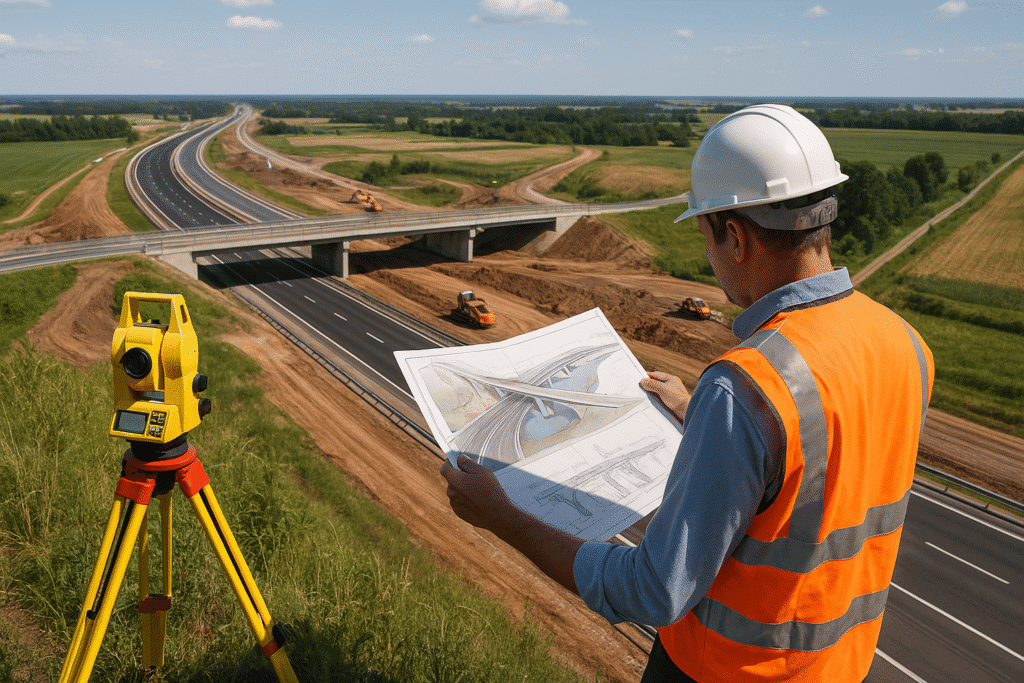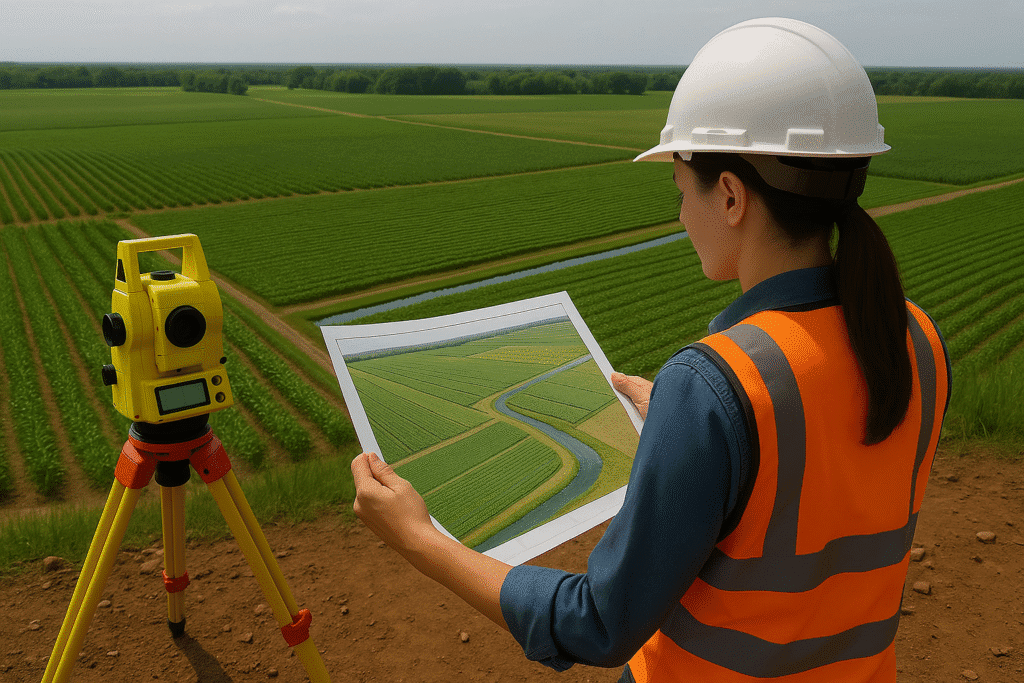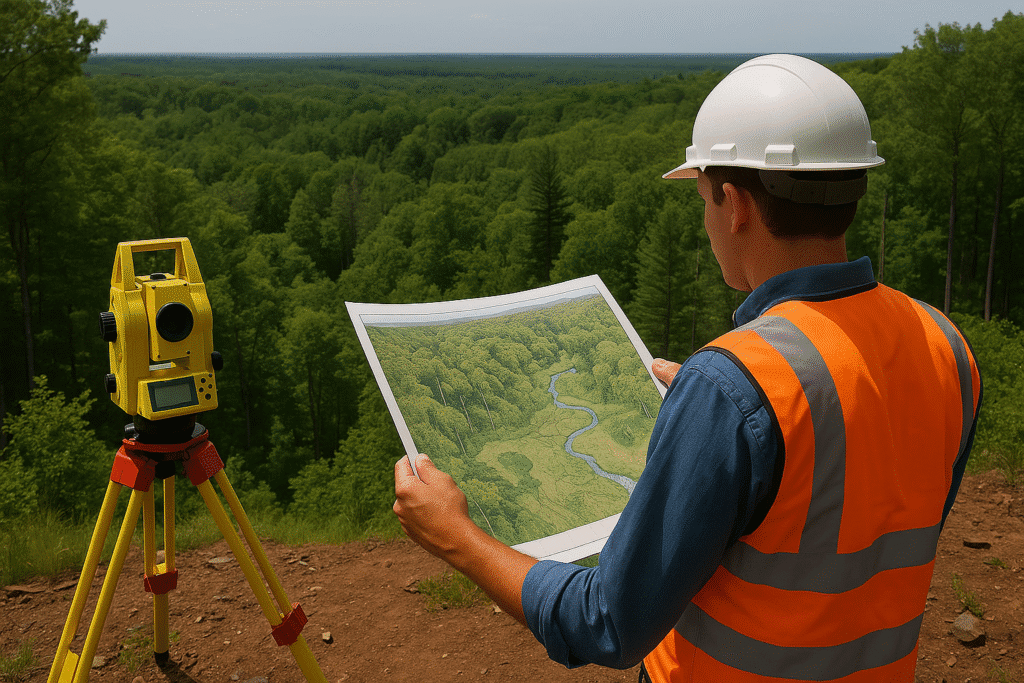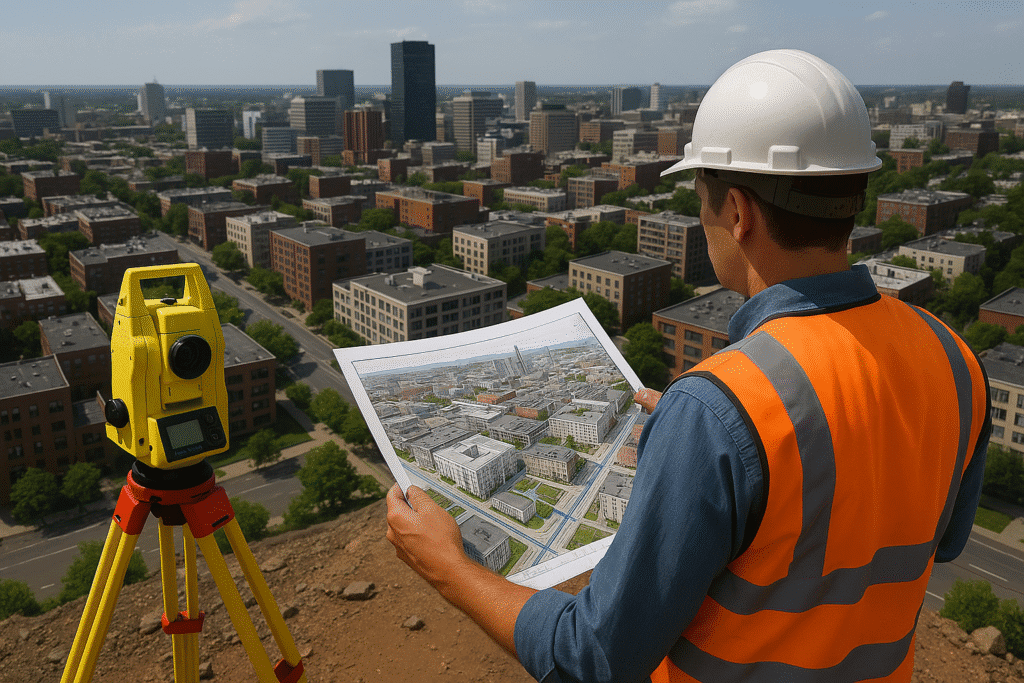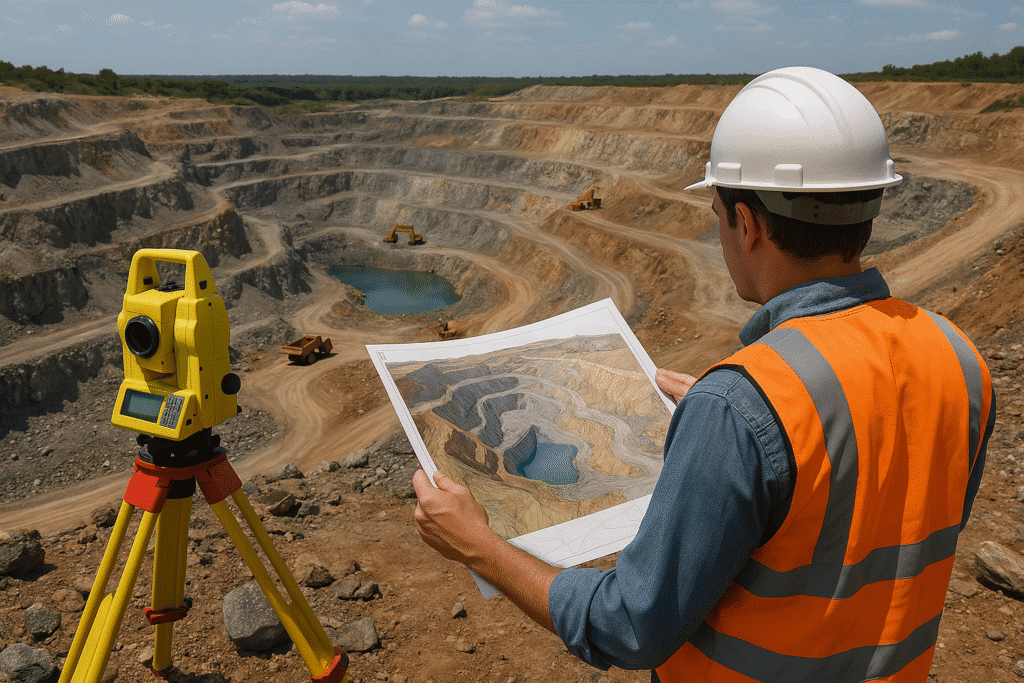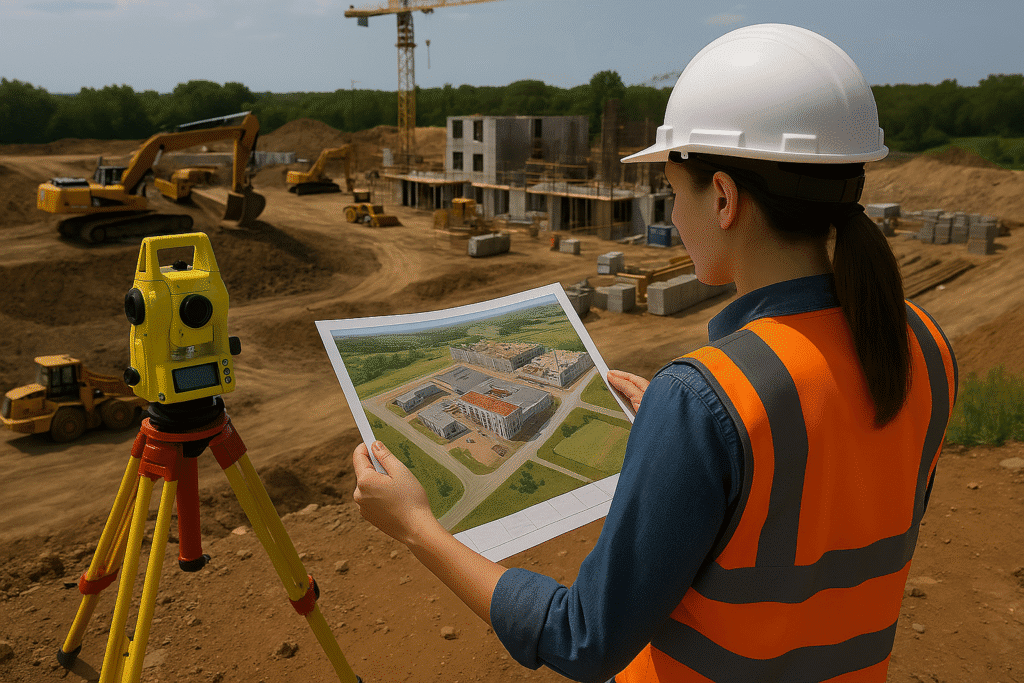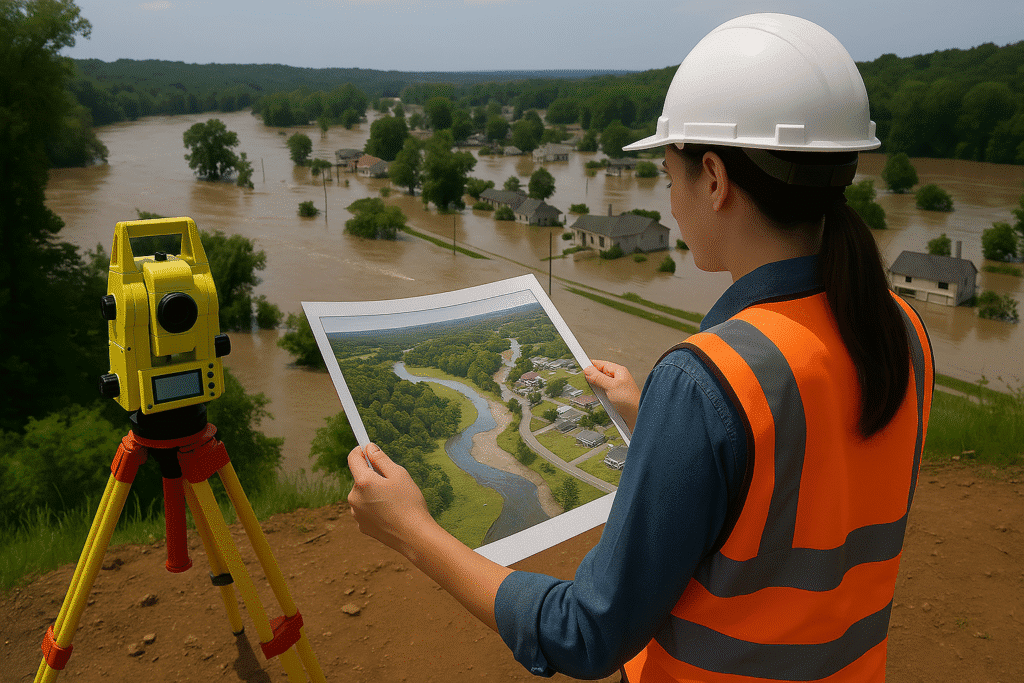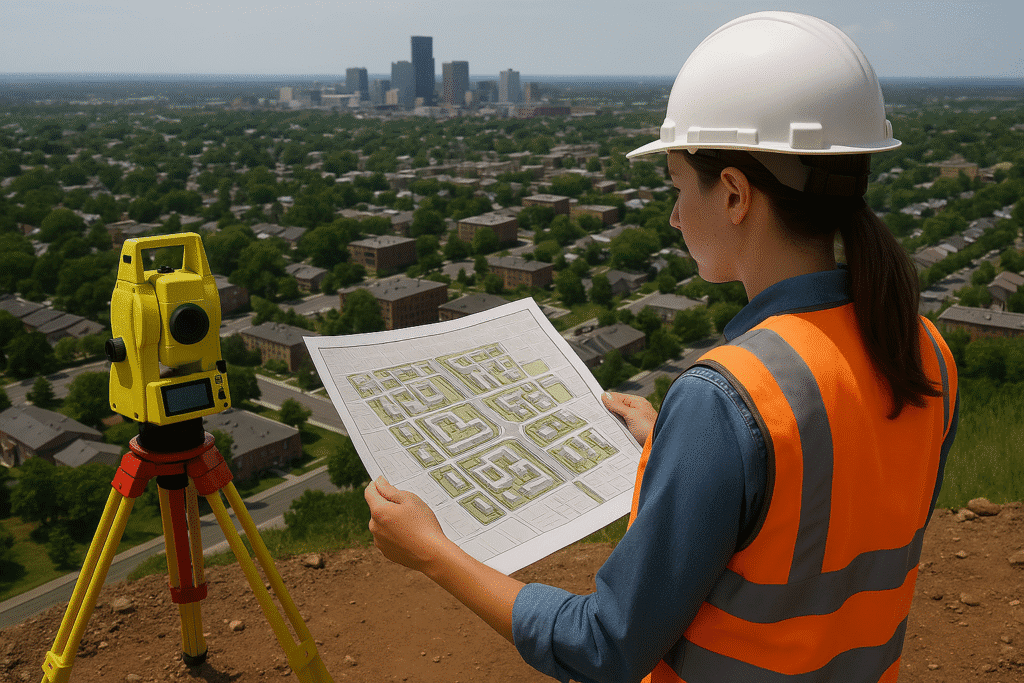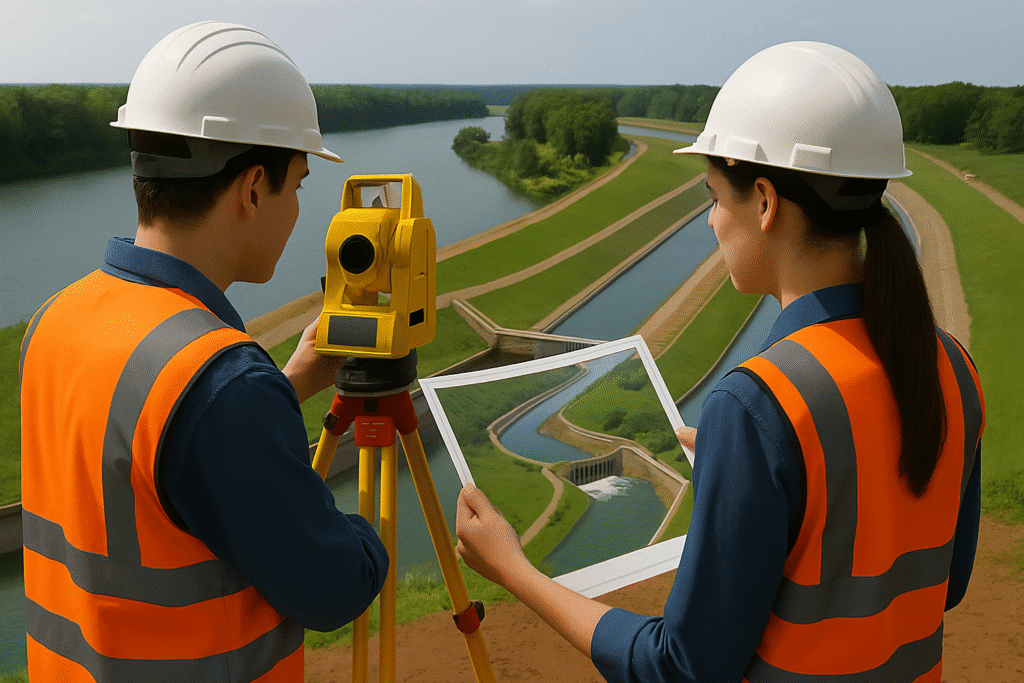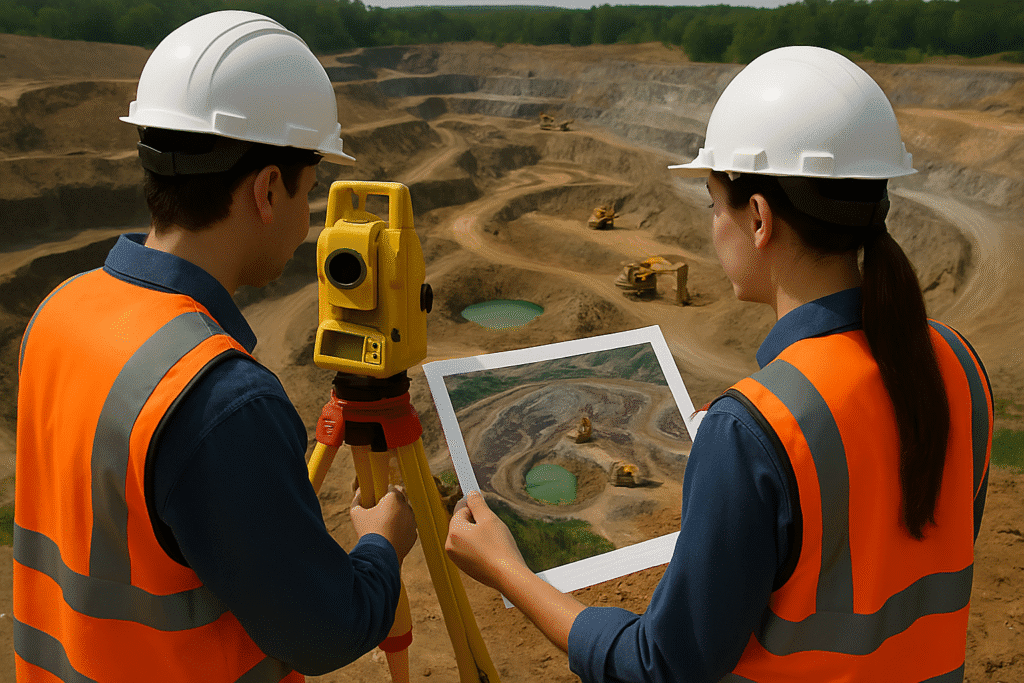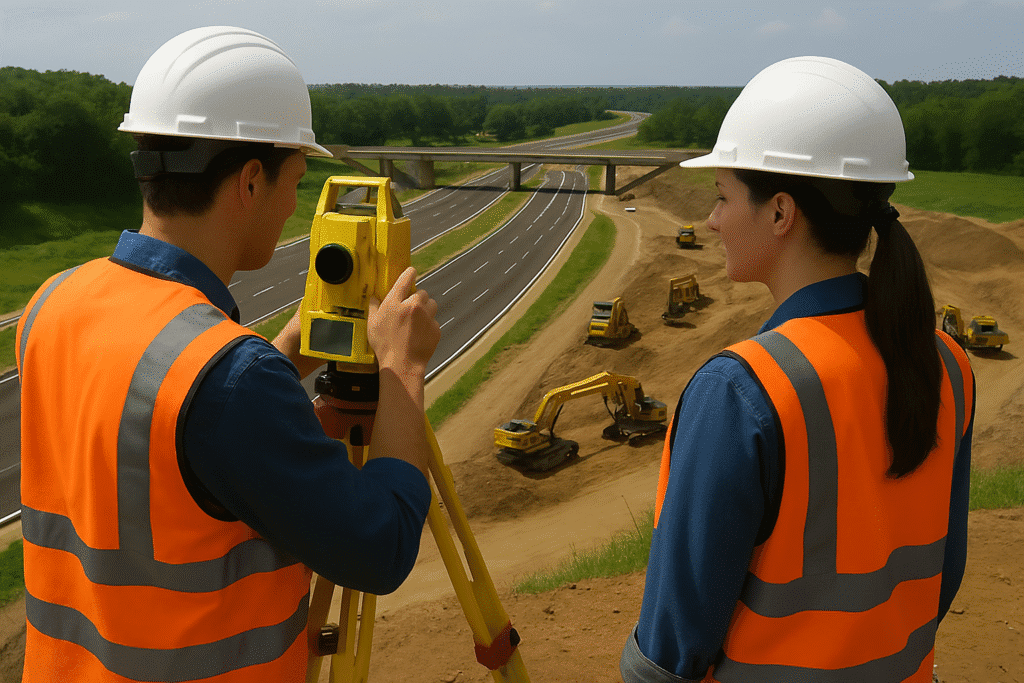
Environmental Clearance (EC)
Build boldly, comply smartly — we clear the path to your project’s green signal. Copasa ensures fast, accurate Environmental Clearances with zero compliance compromise.
What is this service?
Environmental Clearance (EC) is a statutory approval required for projects that may have significant environmental impacts. It ensures that construction, industrial, mining, or infrastructure activities adhere to sustainable development guidelines and environmental protection laws.
At Copasa, we facilitate comprehensive EC consultancy services, helping clients navigate through the entire environmental assessment process—from documentation and authority liaison to impact studies and approval acquisition. Our expertise ensures that your project remains compliant, efficient, and eco-responsible.
- End-to-end Environmental Clearance management for all project categories
- Site-specific Environmental Impact Assessment (EIA) and EMP reports
- Regulatory documentation and submission under MoEF & SEIAA guidelines
- Coordination with authorities for public hearing, queries, and follow-ups
- Fast-tracked approvals through domain expertise and procedural accuracy
Key Features
- Baseline data collection on air, water, soil, biodiversity, and noise levels
- Preparation of Environment Impact Assessment (EIA) & Environment Management Plan (EMP)
- Liaison with MoEFCC, SEIAA, CPCB, and State Pollution Control Boards
- Public consultation and hearing support (where applicable)
- Risk analysis and mitigation strategies
- Compliance mapping with the EIA Notification 2006 and latest amendments
- Integration of GIS and survey data for site impact analysis
- Post-clearance monitoring and reporting solutions


Industries Served
Real Estate & Infrastructure
Townships, residential layouts, commercial complexes, and roadways
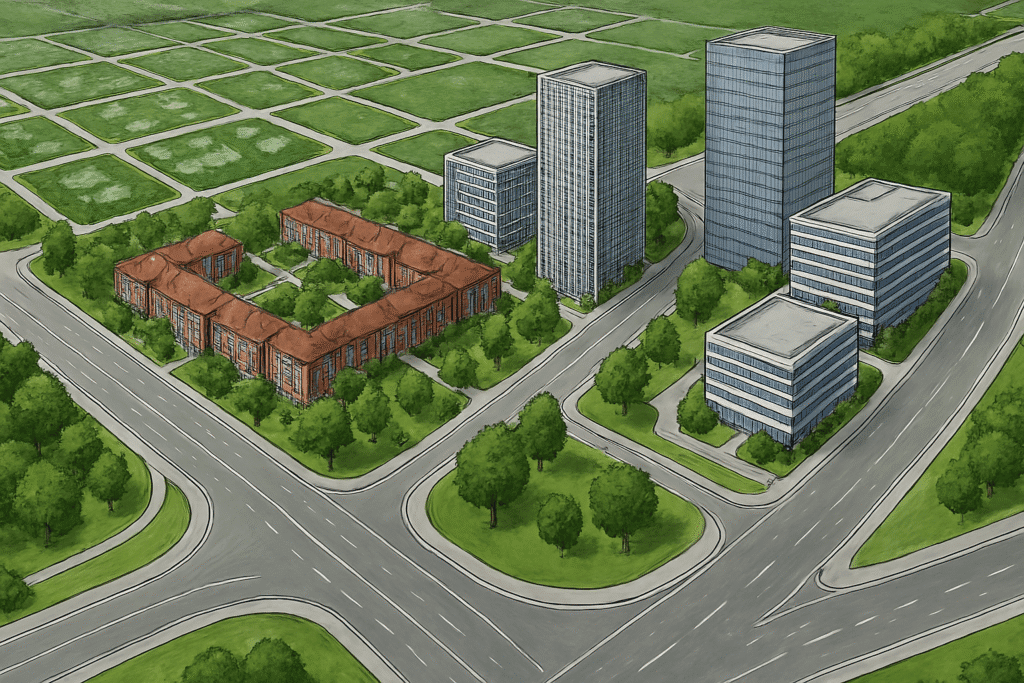
Mining and
Quarrying
Minor and major mineral extraction projects, stone crushers, and mining leases
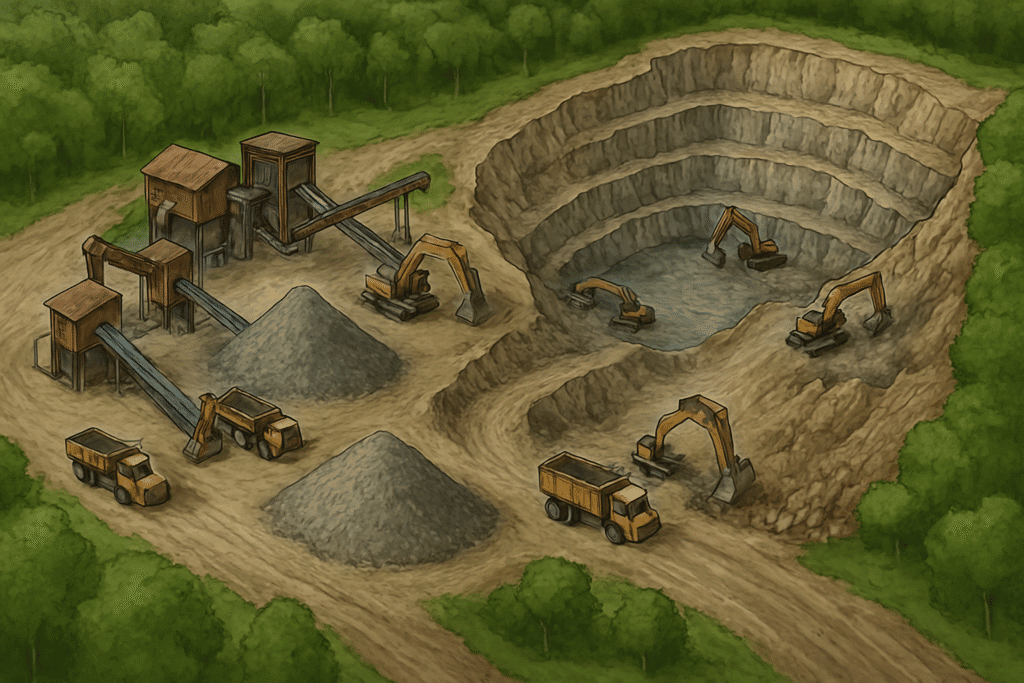
Manufacturing and Industrial Units
Chemical plants, cement factories, food processing, and textile industries
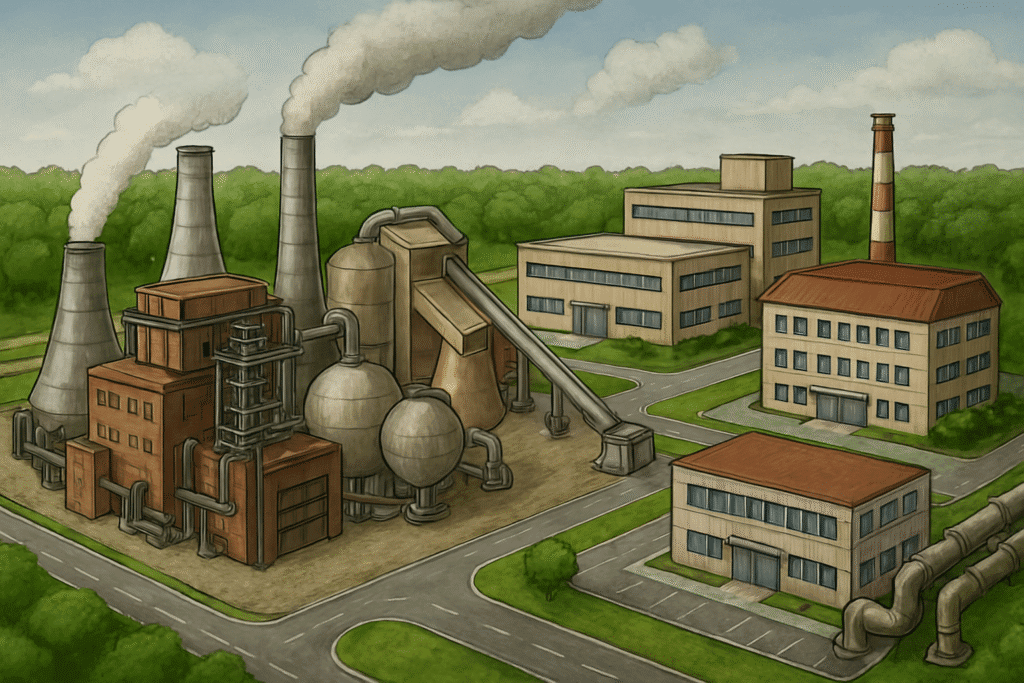
Energy & Utility
Projects
Power plants, substations, transmission lines, and renewable energy setups
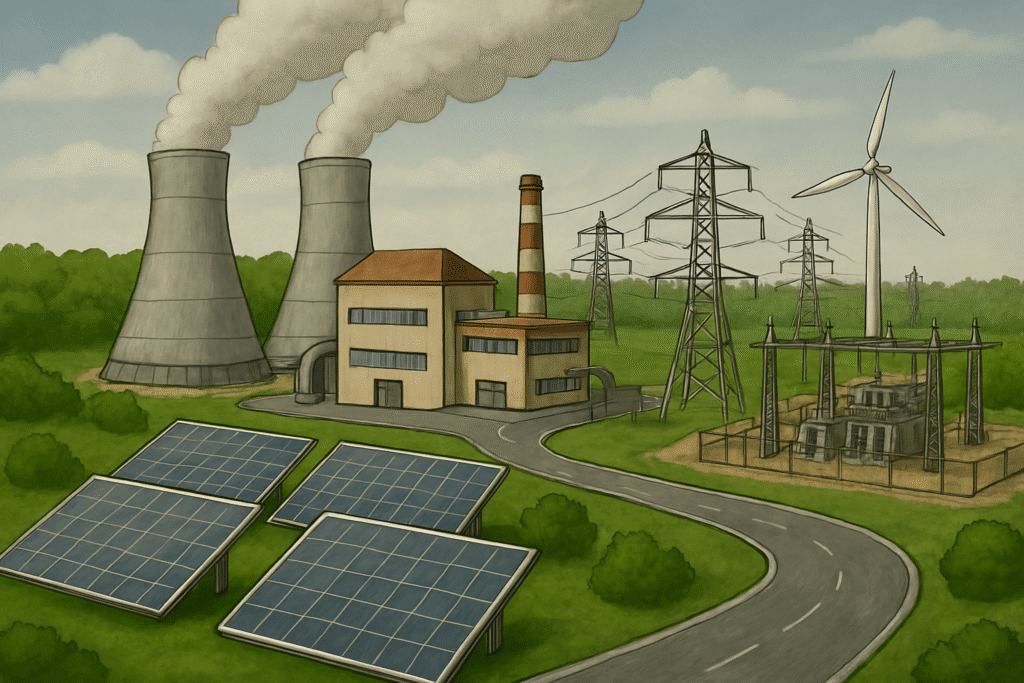
Why choose Copasa for this service?
Regulatory Expertise & Accuracy
We maintain up-to-date knowledge of central and state environmental laws, ensuring every proposal aligns with the latest policy frameworks and legal requirements.
Comprehensive Documentation Support
From initial scoping to final submission, our team prepares robust EIA/EMP reports, impact analysis, and authority-specific formats that minimize rejections and delays.
Seamless Liaison with Authorities
Copasa’s established relationships with MoEF, SEIAA, and Pollution Control Boards accelerate the approval lifecycle through coordinated and professional engagement.
Sustainability-Focused Approach
Our solutions are not just about compliance—they help clients adopt eco-friendly practices, minimize environmental liabilities, and build public and investor trust.
Frequently asked questions about
Environmental Clearance
What is Environmental Clearance (EC) and why is it required?
Environmental Clearance is a mandatory legal approval issued by regulatory authorities such as MoEFCC or SEIAA for projects likely to have a significant environmental impact. It ensures the project aligns with sustainable development principles, mitigates adverse environmental effects, and complies with the EIA Notification 2006 and its amendments.
Which projects require Environmental Clearance in India?
Projects in sectors such as real estate, mining, industrial manufacturing, power generation, infrastructure (roads, ports, airports), and chemical processing typically require EC—depending on their size, location, and environmental sensitivity.
What is the difference between EIA and EC?
The Environmental Impact Assessment (EIA) is a scientific and procedural study evaluating the potential environmental effects of a project. The Environmental Clearance (EC) is the official approval granted by the authorities based on the findings of the EIA and other regulatory submissions.
Which authorities issue Environmental Clearances in India?
Depending on the project’s category:
- Category A projects (national impact) are cleared by MoEFCC (Ministry of Environment, Forest and Climate Change)
- Category B projects (state impact) are processed by the State Environment Impact Assessment Authority (SEIAA)
How long does it take to obtain an Environmental Clearance?
Typically, the EC process takes 90 to 180 days, depending on the project’s complexity, need for public hearing, and document completeness. Fast-track approvals are possible with Copasa’s strategic documentation and liaison services.
Is a public hearing always required for EC?
Not always. Public hearings are required for most Category A projects and certain Category B1 projects. However, exemptions may apply for specific project types or if located in Notified Industrial Estates or SEZs.
What documents are needed for applying for EC?
Key documents include:
- Form 1 or 1A
- Pre-feasibility report
- Site layout plans
- EIA/EMP report (where applicable)
- NOCs from SPCB (Pollution Control Board)
- Project justification and mitigation measures
Copasa handles the entire documentation and submission process.
Can EC be obtained for an already started or ongoing project?
This is possible but falls under violation cases, where a separate process under MoEFCC’s regularization framework is required. Projects must submit damage assessment reports, and approvals may take longer with added scrutiny.
What happens after EC is granted?
Post-approval, the project proponent must:
- Implement the Environment Management Plan (EMP)
- Comply with stipulated conditions
- Submit periodic environmental compliance reports to MoEFCC/SEIAA and Pollution Control Boards
- Copasa provides post-clearance monitoring support to ensure full regulatory adherence.
How does Copasa help in obtaining Environmental Clearance?
Copasa offers:
- EIA & EMP preparation
- Site surveys and impact studies
- Liaison with SEIAA, MoEFCC, and SPCBs
- Public hearing facilitation
- Submission and follow-up for quick, smooth approval
Our end-to-end support significantly reduces delays and compliance risks.
Let’s Build Something
Exceptional Together.
Whether you’re breaking ground or scaling up, we bring precision, speed, and compliance to every project. From highways to high-rises, surveys to smart cities—our experts are ready to guide you. No hidden costs, no obligations—just honest insights and professional clarity. Request a tailored quote or a free expert consultation in just a few clicks. Because when you build with Copasa, you build with confidence.
